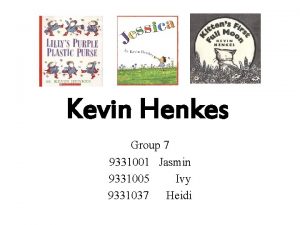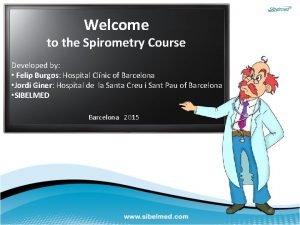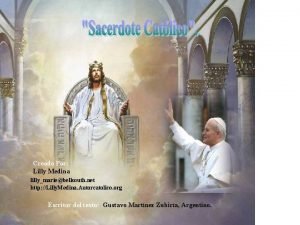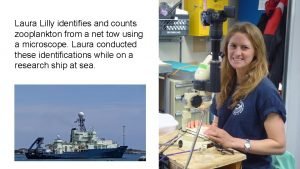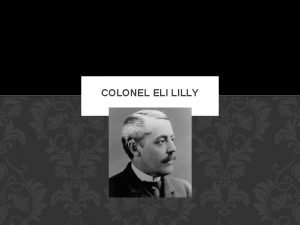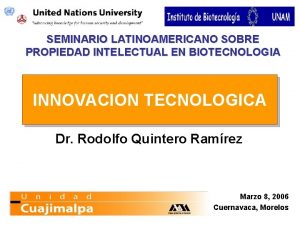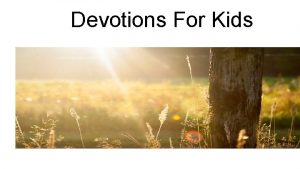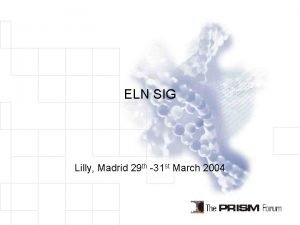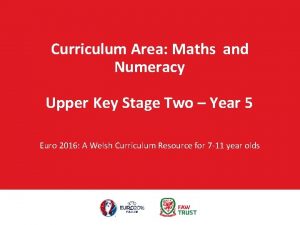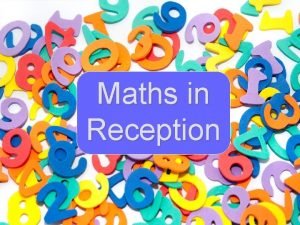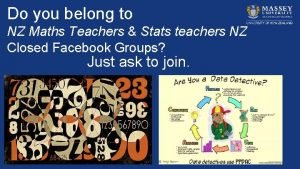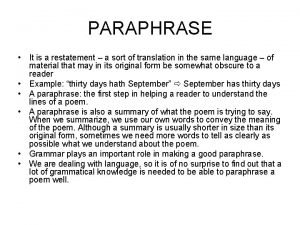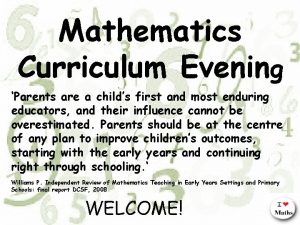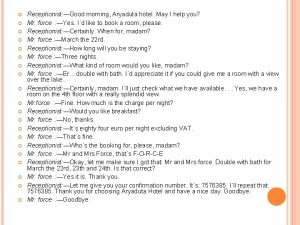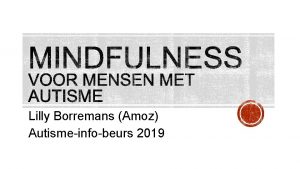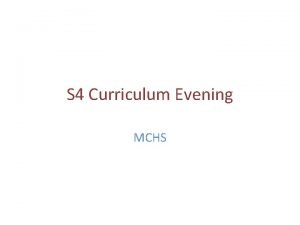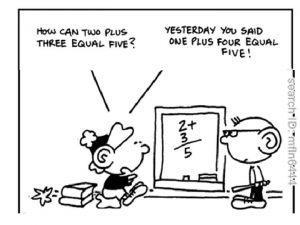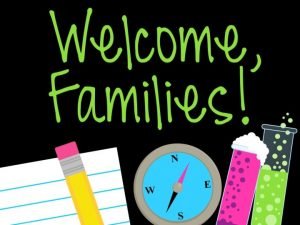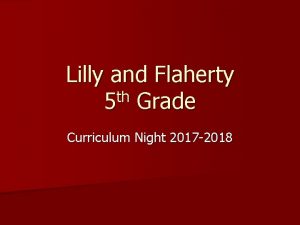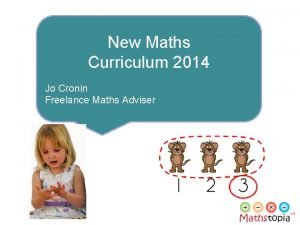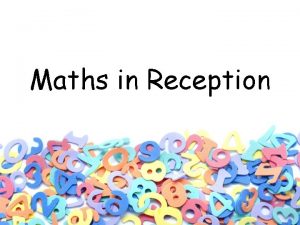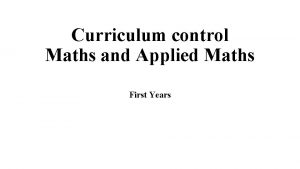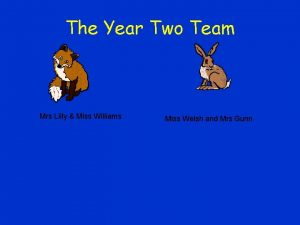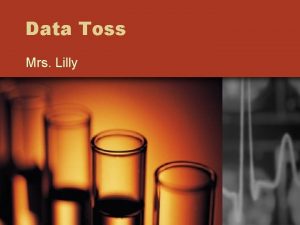Curriculum Evening Maths at St With Mrs Lilly






















- Slides: 22

Curriculum Evening Maths at St With Mrs Lilly and Mrs Nic’s Humphries

Our Classroom • • Independent Learners Smiles and laughter Hands-on approach Fun and exciting learning

What Maths have you done today?

With kids?

Incentives to complete maths at home and in school!

The New Curriculum: Maths Children should: • Become fluent in the fundamentals of mathematics, including through varied and frequent practice with increasingly complex problems over time, so that pupils develop conceptual understanding and the ability to recall and apply knowledge rapidly and accurately. • Reason mathematically by following a line of enquiry, conjecturing relationships and generalisations and developing an argument, justification or proof using mathematical language. • Solve problems by applying their mathematics to a variety of problems with increasing sophistication, including breaking down problems into a series of simpler steps and persevering in seeking solutions.

Year 1 Objectives • • • • • Year 1 maths expectations (New Curriculum) Number and place value Counts to and across 100, forwards and backwards, beginning with 0 or one, or from any given number Counts, reads and writes numbers to 100 in numerals; counts in multiples of twos, fives and tens Given a number, identifies one more and one less Addition and subtraction Represents and uses number bonds and related subtraction facts within 20 Fractions (including decimals) Recognises, finds and names a half as one of two equal parts of an object, shape or quantity Measurement Compares, describes and solves practical problems for: 1. lengths and heights eg long/short, longer/shorter, tall/short, double/half; 2. mass/weight eg heavy/light, heavier than, lighter than; 3. capacity and volume eg full/empty, more than, less than, half full, quarter; and 4. time eg quicker, slower, earlier, later. Tells the time to the hour and half past the hour and draws the hands on a clock face to show these times Properties of shape Recognises and names common 2 -D and 3 -D shapes, including: 1. 2 -D shapes eg rectangles (including squares), circles and triangles; 2. 3 -D shapes eg cuboids (including cubes), pyramids and spheres.

Year 2 Objectives • • • • • Year 2 maths expectations (New Curriculum) Number and place value Counts in steps of two, three, and five from 0, and in tens from any number, forward and backward Compares and orders numbers from 0 up to 100 Uses < > and = signs correctly Uses place value and number facts to solve problems Addition and subtraction Solves problems with addition and subtraction by: 1. using concrete objects and pictorial representations, including those involving numbers, quantities and measures; and 2. applying an increasing knowledge of mental and written methods. Recalls and uses addition and subtraction facts to 20 and 100: 1. fluently up to 20. Multiplication and division Recalls and uses multiplication and division facts for the two, five and 10 multiplication tables, including recognising odd and even numbers Solves problems involving multiplication and division, using materials, arrays, repeated addition, mental methods, and multiplication and division facts, including problems in contexts Fractions (including decimals) Recognises, finds, names and writes fractions 1/3, 1/4, 2/4, and 3/4 of a length, shape, set of objects or quantity

Number Sense! Children need to understand our number system, starting with counting numbers, building an understanding of how our numbers work and fit together. This includes exploring place value and comparing and ordering numbers then applying this understanding in different contexts.

Recalling facts • It is important that children recognise number bonds, different pairs of numbers with the same total. 6 + 2 3 + 2 8 7 + 3 10 5 5 + 3 1 + 4 6 + 1 6 + 3 6 3 + 3 5 + 4 9 7 3 + 4

Place Value • Place value is at the heart of the number system. All digits have a value and a secure understanding of this will enable children to use and understand different calculation methods.

Year 2 maths test (2016) https: //www. gov. uk/government/publications/2016 -keystage-1 -mathematics-sample-test-materials-mark-schemes -and-test-administration-instructions There are two Maths papers for every child to complete. One is arithmetic only and one is a reasoning paper. There are examples of both on the tables.

In maths sessions. . . • • The teacher has an explicit teaching role The lesson usually begins a warm up activity. These are generally to improve and increase fluency. Pairs of Numbers • If you have ten counters numbered 1 to 10 , how many can you put into pairs that add to 10 ? • • • Can you use them all? Say how you got your answer. Now put the counters into pairs to make 12. Can you use them all? Say how you got your answer. Now put the counters into pairs to make 13. Can you use them all? Say how you got your answer. Now put the counters into pairs to make 11. Can you use them all? Say how you got your answer.

Independent Learning. . .

Year 1 Reasoning Question • Imogen and Bartek are using cubes to help their counting. They’re working out the answer to 13 + 7. Who has the correct answer? Explain your answer. Imogen Bartek

Making Numbers • 36 30 • • The number 36 can be split in many different ways: 36 36 6 18 18 20 16 How many different ways can you make the number 36? 36 = 31 + 5 36 = 35 + 1 36 = 33 + 3 36 = 34 + 2 36 = 32 + 4 36 = 29 + 7 Try it with the number 24! How many different ways can you make 24? • Can you find more ways than your partner? 24 = 24 + 0 24 = 23 + 1 Show Answers 24 = 22 + 2 24 = 21 + 3 24 = 20 + 4 24 = 19 + 5

Year 2 Arithmetic Questions 1 3 5+7= 89 + 10 = 5 2 15 + 3 = 19 − 9 =

Year 2 Reasoning Questions 0 Use a ruler to measure the length of the toy car 3 6 12 18

What is the teacher’s role? The teacher’s role is to… • group the children • prepare and structure the lessons • choose appropriate materials • prepare the teaching points • develop each child’s independence in order to solve maths problems

Supporting your child at home • Timestables – The children use their times tables every day. If they are fluent, it helps their progress in all areas of maths. Make it fun! • Be enthusiastic about maths • Help them to have a secure number recognition • Time – use this on a daily basis

Difficulties or mistakes for the child • • • If your child comes to a difficult problem with their maths learning, use the calculation policy to support them. The strategies in the policy are the strategies they will be used to using in school. Make it practical – use counters, dried pasta, money, even sweets! Ask them to have a go! Be positive and give them lots or praise! If they are finding something challenging, come back to it!

Any Questions?
 They are mrs garcia and mrs castro
They are mrs garcia and mrs castro They are mrs garcia and mrs castro
They are mrs garcia and mrs castro Mrs. darling was ___________ of mrs. s.
Mrs. darling was ___________ of mrs. s. Poc4
Poc4 Lilly's purple plastic purse summary
Lilly's purple plastic purse summary Lilly pneumotachometer
Lilly pneumotachometer Lilly
Lilly Lilly mih
Lilly mih Lilly medina
Lilly medina Lilly settles
Lilly settles Laura lilly hot
Laura lilly hot Would you rather pills
Would you rather pills Eli lilly productos
Eli lilly productos Robin lilly
Robin lilly Colonel eli lilly quotes
Colonel eli lilly quotes Lilly madrid
Lilly madrid Upper key stage 2 maths curriculum
Upper key stage 2 maths curriculum Reception maths curriculum
Reception maths curriculum Nz maths curriculum
Nz maths curriculum Restatement paraphrase
Restatement paraphrase Evening
Evening Those evening bells
Those evening bells Receptionist good morning
Receptionist good morning




